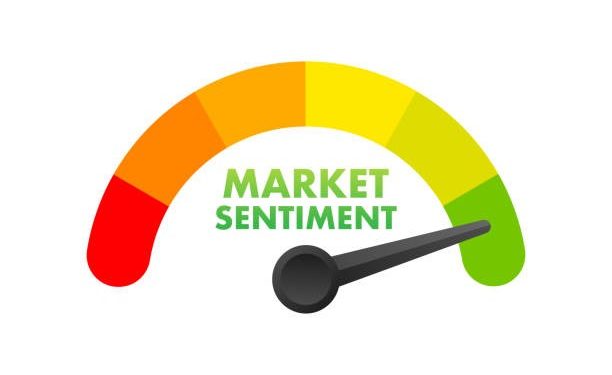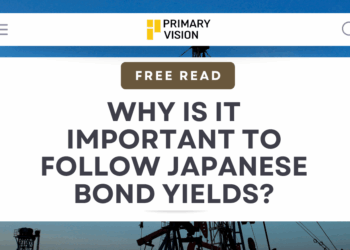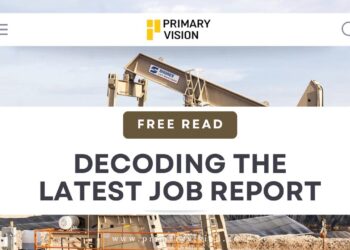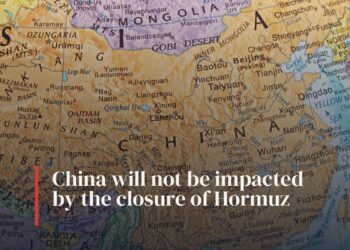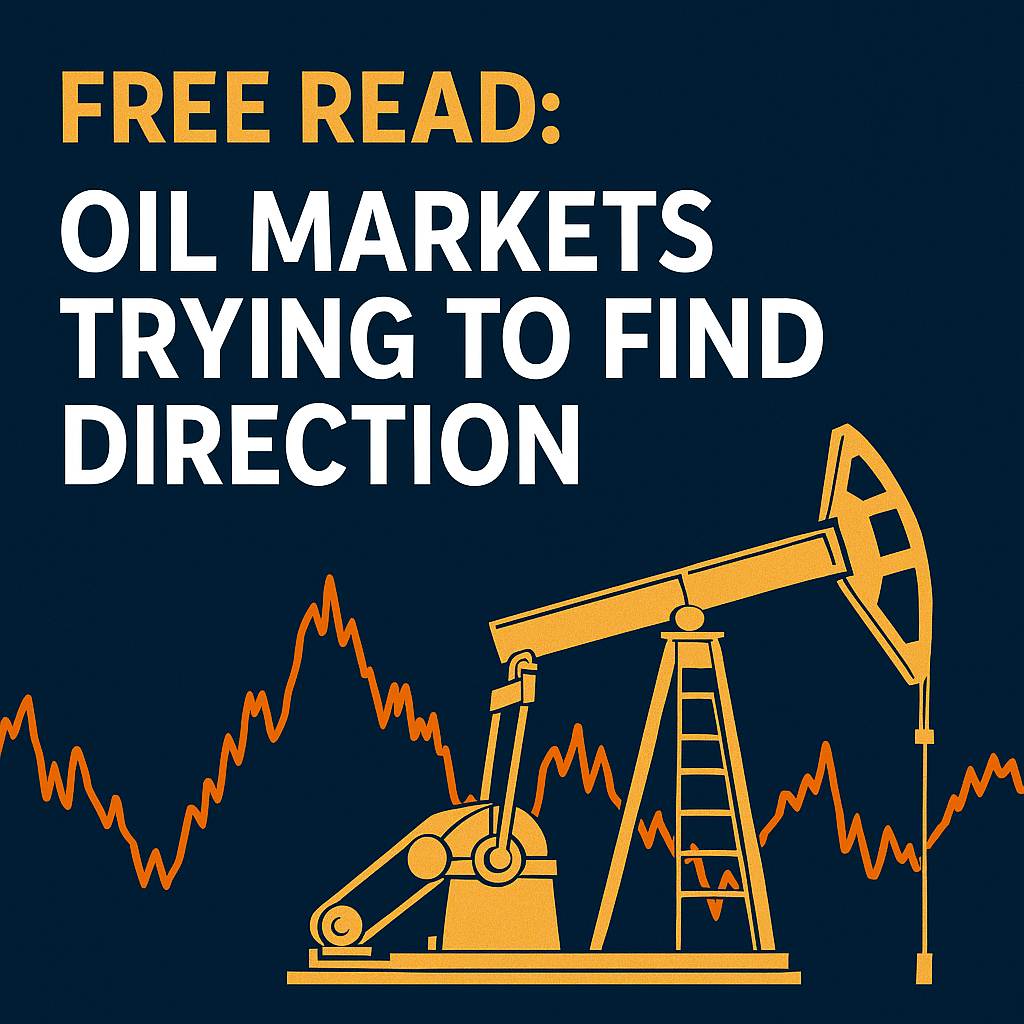As we venture deeper into 2024, the Market Sentiment Trackers for the U.S., Europe, and China present a global economic landscape that is varied and evolving.
United States: Balancing Act Between Growth and Caution
The U.S. enters the year with a mixed economic outlook. Manufacturing surveys point to a sector still struggling to gain momentum, the lowest since May 2020, juxtaposed against a robust labor market that added 216,000 jobs in December. Consumer spending remains a pillar for potential soft landing despite the global economy’s weakest growth since the pandemic. The sentiment is one of cautious optimism, with an undercurrent of recession concerns as the full impact of the Federal Reserve’s rate hikes is assessed.

Europe: A Struggle for Stability Amidst Prolonged Challenges
Europe’s economic sentiment remains largely unchanged from last week, with a continued expectation of a prolonged slowdown. Germany faces the prospect of a two-year recession, and French services are contracting, with Europe overall lagging behind its advanced economy peers. The slight easing of Euroarea inflation provides a glimmer of hope, but the anticipation of weak growth for 2024 suggests a challenging road ahead.
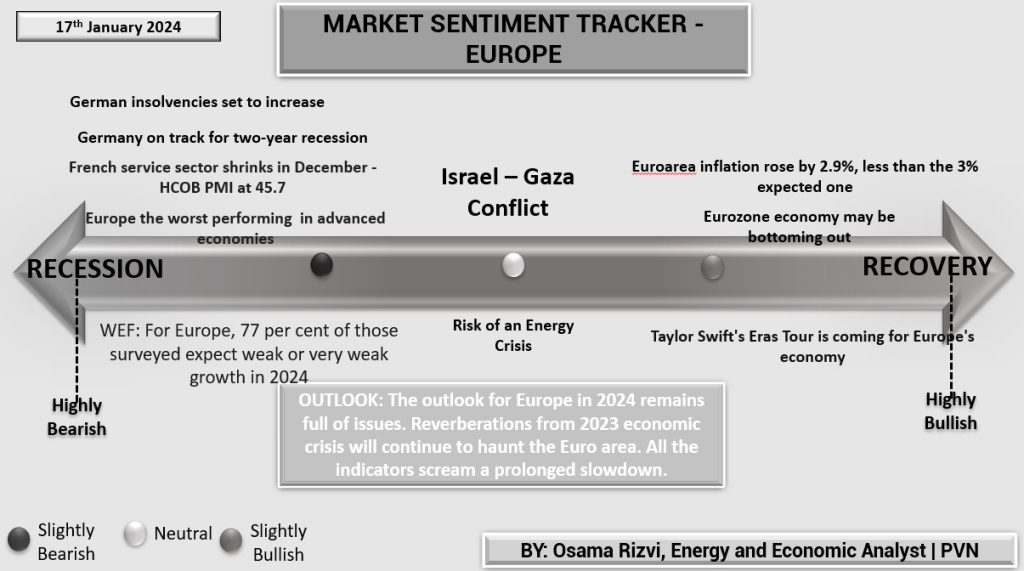
China: A Cautiously Optimistic Outlook Despite Headwinds
China’s picture is one of cautious optimism. Recovery is slow, with domestic challenges like falling exports and continued property sector turmoil. However, a minor uptick in the Manufacturing PMI and a 5.3% expected growth signal resilience. The narrative for China centers on building upon the recovery groundwork laid in 2023, with a focus on industrial expansion and leveraging export opportunities.
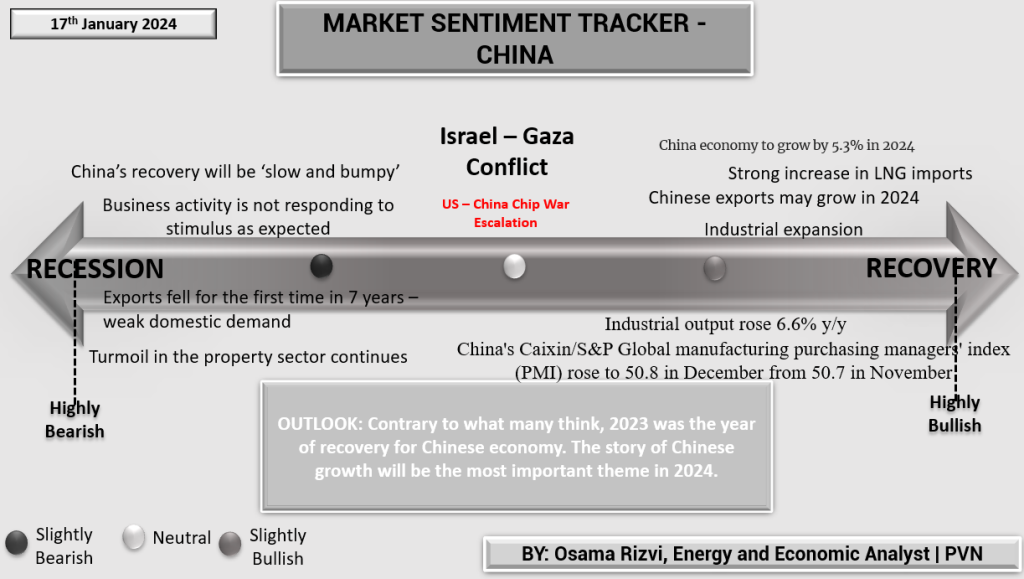
Across these major economies, the global financial outlook for 2024 is one of cautious navigation through uncertainty. The U.S. balances growth prospects against potential slowdowns, Europe grapples with persistent economic headwinds, and China eyes recovery amid structural issues. As new data emerges, the picture will gain clarity, but the themes of resilience and caution will likely continue to dominate the economic discourse.

